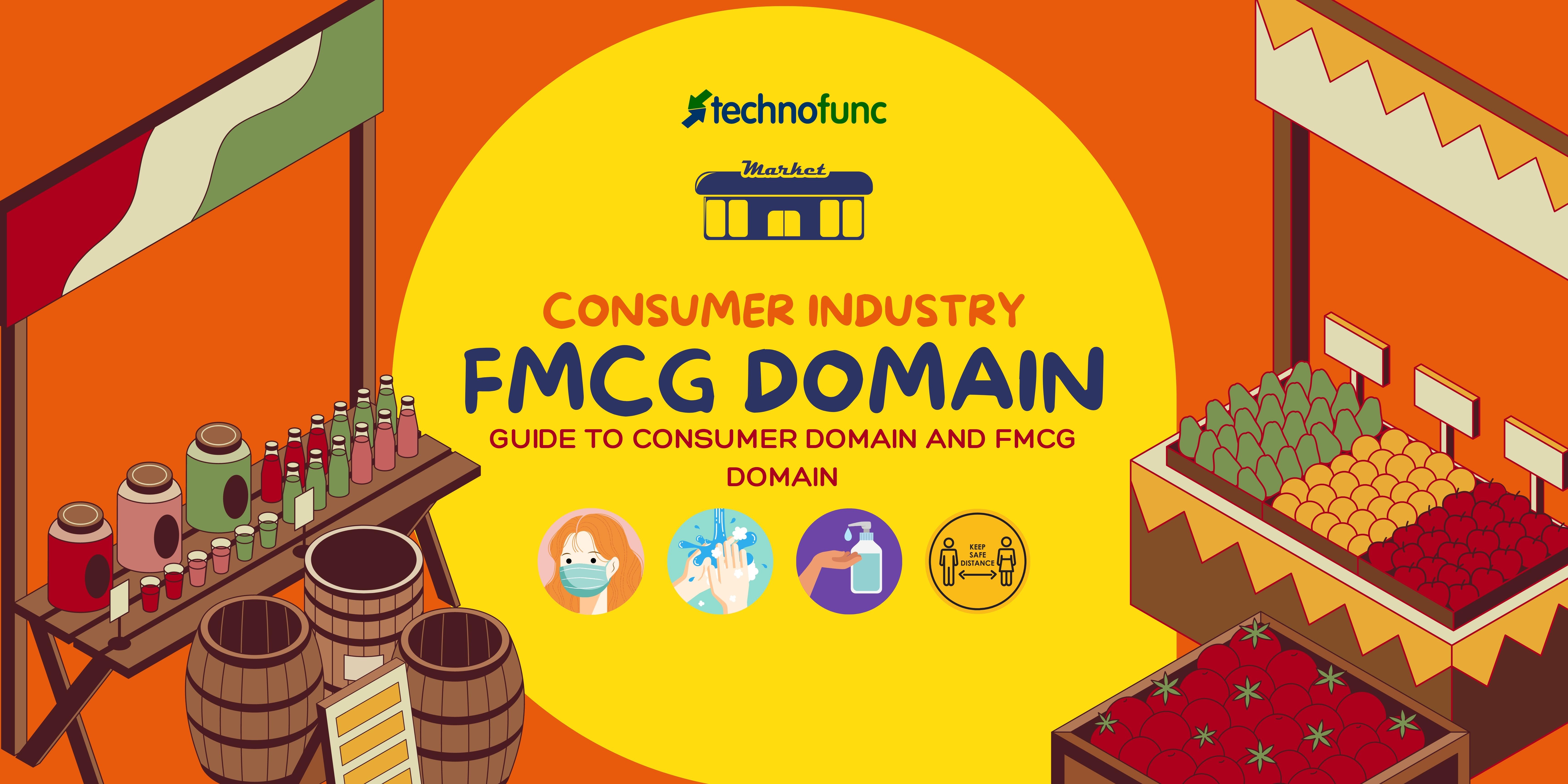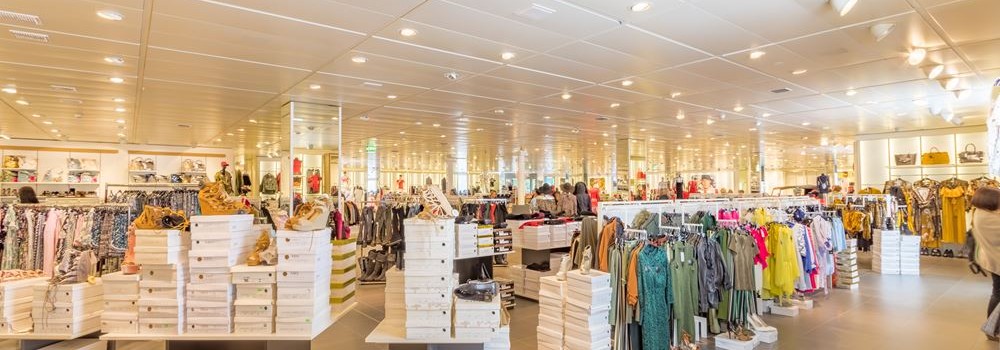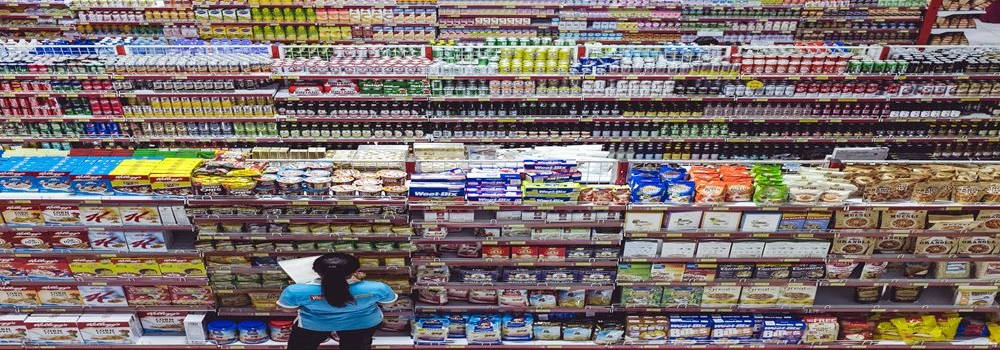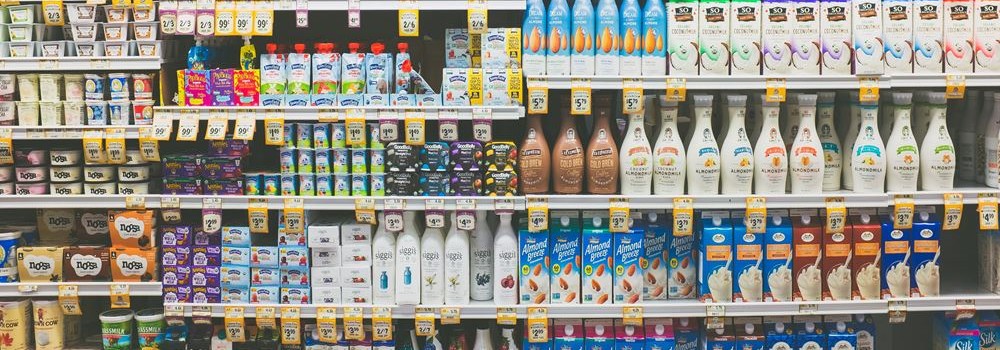- Home
- Business Processes
- Industry Knowledge
- Aerospace Industry
- Automotive Industry
- Banking Domain
- BFSI Industry
- Consumer/ FMCG Industry
- Chemicals Industry
- Engineering & Construction
- Energy Industry
- Education Domain
- Finance Domain
- Hospitality Domain
- Healthcare Industry
- Insurance Domain
- Retail Industry
- Travel and Tourism Domain
- Telecom Industry
- Leadership Skills
- eLearning
- Home
- Domain Knowledge
- Consumer/ FMCG Industry
Consumer / FMCG Domain

Consumer Goods Sector
The consumer goods sector is a category of stocks and companies that relate to items purchased by individuals and households rather than by manufacturers and industries. These companies make and sell products that are intended for direct use by the buyers for their own use and enjoyment. This sector includes companies involved with food production, packaged goods, clothing, beverages, automobiles, and electronics.
TechnoFunc brings to you domain knowledge on Consumer Goods Industry to help you advance your understanding of industry business model and dynamics. Start building your Industry Domain Knowledge! Quickly enhance your business skills and boost your industry knowledge.!
Trends in Retail Sector

Markets are continuously changing and to understand the dynamics of any industry it is important to understand what is happening and how the industry market players see the future for the industry. In this article, we will discuss the recent trends witnessed by the retail sector. This document provides insights into major trends identified for the retail sector.
Consumer Goods Sector

The consumer goods sector is a category of stocks and companies that relate to items purchased by individuals and households rather than by manufacturers and industries. These companies make and sell products that are intended for direct use by the buyers for their own use and enjoyment. This sector includes companies involved with food production, packaged goods, clothing, beverages, automobiles, and electronics. Nestle, Procter & Gamble, and Pepsico are some of the world’s largest consumer goods companies in the world.
History of Consumer Industry

All of us are consumers, from cradle to grave, to be more precise, from the womb to grave or cremation. In a sense, the history of the consumer is the history of mankind. Consumers are the largest economic group in any country. They are the central point of all of our economic activities. But the very same consumers ate the most voiceless group also. The nature of consumer in terms of needs, consumption patterns, and problems has been changing and evolving along with the social and economic development in the course of history.
Types of Consumer Goods

From an economic standpoint, there are three main types of consumer goods: durable goods, nondurable goods, and services. For marketing purposes, consumer goods can be grouped into different categories based on consumer behavior, how consumers shop for them, and how frequently consumers shop for them. One of the largest consumer goods groups is called fast-moving consumer goods. This segment includes nondurable goods like food and drinks that move rapidly through the chain from producers to distributors and retailers than on to consumers.
Fast Moving Consumer Goods

FMCG or consumer packaged goods (CPG) are products that are sold quickly and at relatively low cost, examples include non-durable goods such as soft drinks, toiletries, and grocery items. They generally sell in large quantities, so the cumulative profit on such products can be substantial and these industries often operate on thin margins.
Explore Our Free Training Articles or
Sign Up to Start With Our eLearning Courses

About Us
Learning
© 2023 TechnoFunc, All Rights Reserved